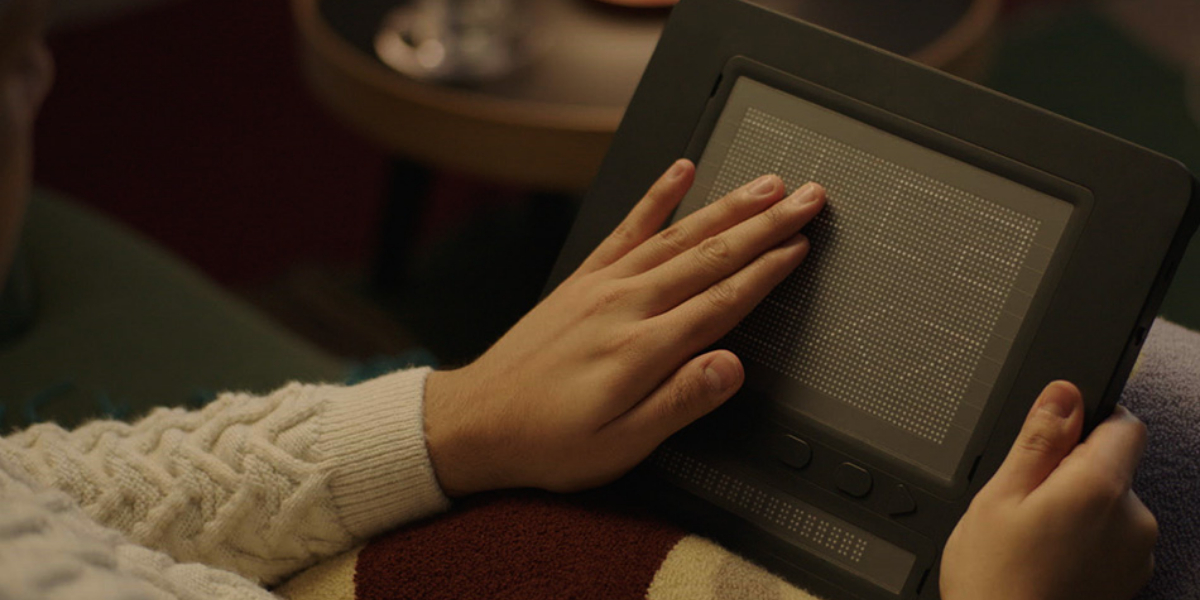AWARD YEAR
2023
CATEGORY
Play & Learning
GOALS
Quality Education
KEYWORDS
braille, blind & visiually impaired , Tactile, portable device
COUNTRY
Republic of Korea
DESIGNED BY
Dot Inc.
WEBSITE
https://pad.dotincorp.com/
Dot Pad
The first real-time tactile graphics display for the visually impaired.
How does it work?
Access visual content from any source.
Creation: For the first time, you can feel your handwriting, sketches, signature, and more. Dot Pad can convert any input on the connected device into a tactile graphic instantly.
Mobility: Get around independently with tactile maps. The Dot Pad technology is permanently installed in the public transportation kiosks of Busan, Korea.
Camera: With the smartphone camera, you can turn your surroundings into tactile graphics in real-time, unlocking a whole new way to experience the world.
The innovative processor uses AI to analyze and segment images to produce tactile graphics best suited for visually impaired users. Simple intuitive controls along with a text-to-braille panel built-in for your comfort. A simple bluetooth connection and boom. The App Store at your desk — the same 2.2 million apps, now accessible like never before.
Why is it needed?
There are over 285 million blind and visually impaired people who do not have access to visual content that the rest of the world continues to enjoy. After 7 years of reinventing tactile devices for text, we are now entering a new dimension.
How does it improve life?
Dot Pad gives the visually impaired community access to everything on the internet, cutting out the need for heavy, expensive tactile books. By making productivity apps accessible, Dot Pad creates whole new career opportunities and a more inclusive workplace. Dot Pad is also a powerful tool for creative expression, empowering diverse creators in the fields of graphic design, music production, photography, and more. Artworks, exhibits, comics, and movies. The possibilities are endless when it comes to the world of content that is now accessible through the Dot Pad.





